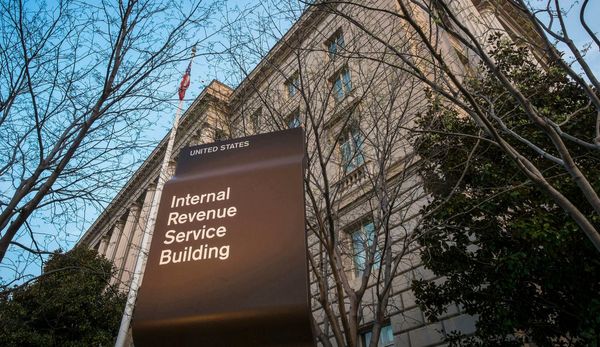
While financial experts will generally advise against having more than 10% of one's income go toward paying off a vehicle, many people are doing so anyway. Even though $1,000 is far above the $4,516 average monthly salary across the country, a new study found that the number of people paying $1,000 or more a month for car payments is at 15.7%.
That percentage is, according to new numbers crunched by car price comparison platform Edmunds, the highest it's ever been. The rate that average people financing a car pay is also on the rise -- while those who secured their new car loan in the last quarter of 2021 paid an average rate of 4.1%, those who did so at the end of 2022 are paying 6.5% on average.
This Is Why Financing a Car Is Really, Really Expensive Right Now
The average annual percentage rate (APR) on a used car loan went from 7.4% in the last quarter of 2021 to 10% a year later. All this comes during a time when a semiconductor shortage and the aftereffects of the pandemic are limiting the number of new cars produced and thereby driving up the price of many used ones.
At one point last spring, people were paying almost $200,000 for a lightly-used version of a Mercedes-Benz G-Class despite the fact that new version starts at $131,750 simply because it meant being able to drive it off that day rather than waiting what could be months for availability.
While used car prices had fallen 3% year-over-year by December and could result in negative equity for those with loans, they are still very high for those on the market for one.
"Just as new and used car prices finally started to cool off in Q4, rapidly rising interest rates created an even greater barrier to entry for consumers who rely on financing -- which is the vast majority of car shoppers," Edmunds Director of Insights Ivan Drury said in a press statement.
Compared to the present 15.7%, only a respective 10.5% and 6.7% were paying more than $1,000 a month in car payments in the last quarter of 2021 and 2020.

This Is What You Do if You Can't Buy a Car Upfront
Edmunds further calculated that the sum the average car buyer put down for a new and used car is now at $6,780 and $3,921 respectively. Last year, that number was at a respective $5,921 and $3,552 not just because of higher prices but also because buyers are increasingly looking to put down more to lower interest payments.
Buying upfront is always the best way to avoid overpaying in interest but few people can afford to lay down five figures for a car without financing. While some are scared of leasing due to not being able to sell later, Edmunds calculated that 17.4% of new car purchases resulted in negative equity in the fourth quarter of 2022 even as some were able to cash in by selling at the right moment of low new car availability.
"This unique confluence of market forces resulted in some vehicle owners being able to take advantage of positive equity on their loans and even their leases," Drury said. "But as we shifted toward an environment with diminished used car values and rising interest rates over the past few months, consumers have become less insulated from those riskier loan decisions, and we are only seeing the tip of the negative equity iceberg."







